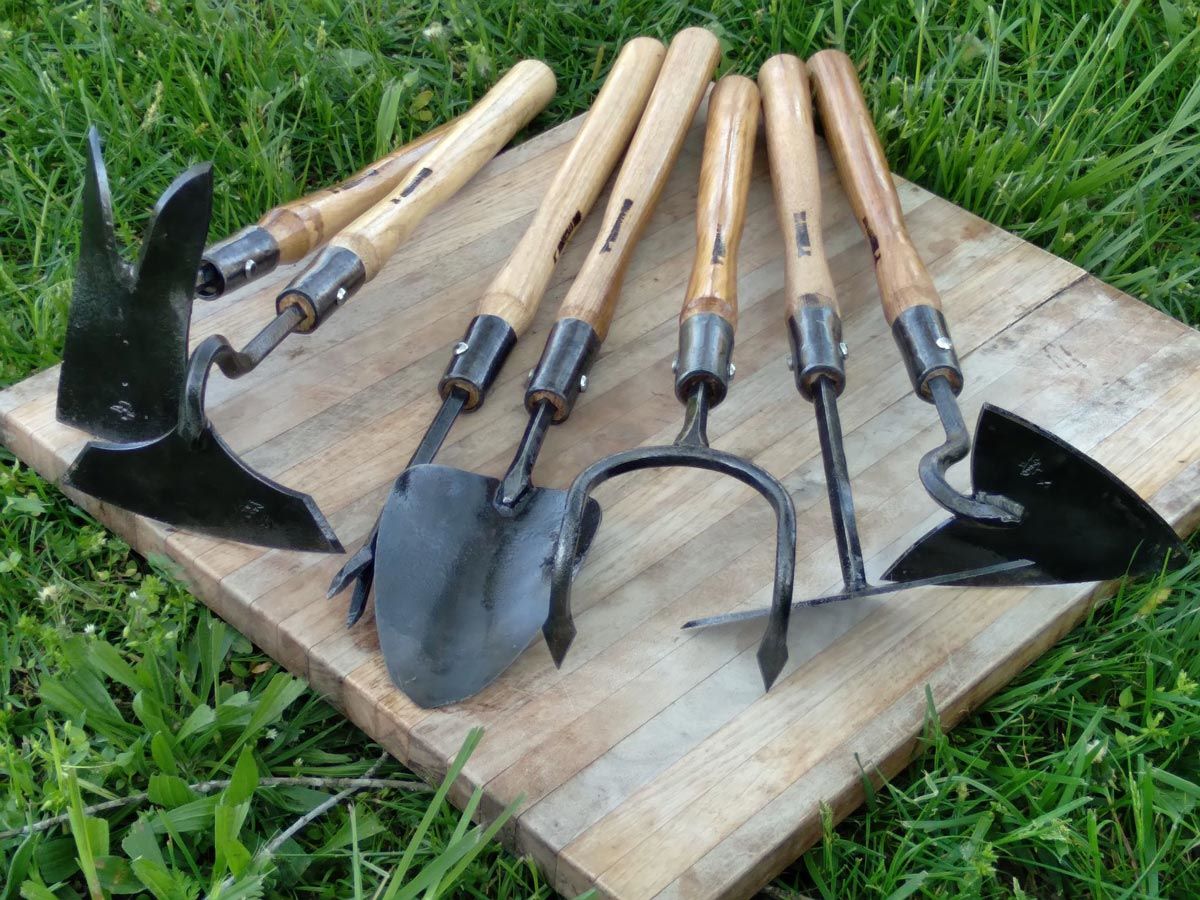

Articles
How To Store Garden Tools
Modified: December 7, 2023
Discover expert tips and tricks on how to store garden tools properly in our collection of informative articles. Simplify your gardening routine and keep tools organized with our helpful guides.
(Many of the links in this article redirect to a specific reviewed product. Your purchase of these products through affiliate links helps to generate commission for Storables.com, at no extra cost. Learn more)
Introduction
Garden tools are essential for maintaining and tending to your garden. Whether you’re a seasoned gardener or just starting out, having the right tools can make all the difference in ensuring a successful and beautiful garden. However, it’s not enough to just invest in high-quality tools; proper storage and maintenance are also crucial to prolonging their lifespan and keeping them in optimal condition.
In this article, we will guide you on how to store garden tools properly. We will cover everything from selecting an appropriate storage location to organizing and securing your tools to ensure they are protected from damage. By following these tips, you can not only extend the life of your tools but also save time and frustration when you need to use them again. So let’s dive in and explore the importance of storing garden tools correctly.
Key Takeaways:
- Properly storing garden tools is crucial for maintaining their functionality, safety, and longevity. From selecting an appropriate storage location to conducting regular maintenance, these practices ensure your tools are always ready for use.
- Organizing, securing, and protecting garden tools not only extends their lifespan but also contributes to a safer and more enjoyable gardening experience. By following these storage and maintenance practices, you can ensure your tools remain in top-notch condition season after season.
Read more: 11 Best Kids Gardening Sets for Beginners
Importance of Properly Storing Garden Tools
Properly storing garden tools is essential for several reasons. First and foremost, it helps to maintain the integrity and functionality of the tools. Exposure to the elements can cause rust, corrosion, and deterioration, reducing their effectiveness and lifespan. By storing them correctly, you can prevent these issues and ensure that your tools remain in good working condition.
Secondly, storing your garden tools properly helps to prevent accidents and injuries. Leaving tools lying around haphazardly increases the risk of tripping, falling, or stepping on sharp edges. By storing them in a designated location, you create a safe and organized environment for yourself and others.
Furthermore, proper storage reduces the chances of misplacing or losing tools. When garden tools are not stored in a specific place, they can easily get mixed up or misplaced, leading to frustration and wasted time searching for them. By having a designated storage area, you can keep track of all your tools and find them easily when you need them.
Lastly, storing garden tools properly extends their lifespan and saves you money in the long run. When tools are left exposed to the elements, they are more prone to damage and degradation. By providing them with a clean and dry storage space, you minimize the need for repairs or replacements, ultimately saving you from unnecessary expenses.
Overall, the importance of properly storing garden tools cannot be overstated. It not only preserves the tools’ functionality and lifespan but also ensures a safe and organized gardening experience. Now that you understand why it’s crucial to store your garden tools correctly, let’s move on to the next section, where we will discuss how to select an appropriate storage location.
Selecting an Appropriate Storage Location
When it comes to storing your garden tools, selecting the right storage location is key. The ideal storage location should protect your tools from the elements, provide adequate space, and be easily accessible. Here are some factors to consider when choosing a storage spot for your garden tools:
- Protection from the elements: Look for a storage location that offers protection from moisture, extreme temperatures, and direct sunlight. Exposure to these elements can cause rust, corrosion, and damage to your tools. A shed, garage, or covered area are excellent choices for keeping your tools safe and dry.
- Adequate space: Ensure that the storage location has enough space to accommodate all your tools. You don’t want them to be crammed together, as this can lead to damage and make it difficult to find the tool you need. Consider using hooks, racks, or shelves to maximize storage space and keep your tools organized.
- Ease of access: Choose a storage location that is easily accessible. You want to be able to retrieve your tools without any hassle, especially when you’re in the midst of a gardening project. Keep in mind the proximity to your garden and the convenience of transporting the tools to and from the storage area.
- Security: It’s important to consider the security of your tools. If possible, opt for a storage location that can be locked to prevent theft or unauthorized access. This is especially crucial if you have expensive or valuable tools in your collection.
Once you have selected an appropriate storage location, it’s time to move on to the next step: cleaning and preparing your tools for storage. Proper preparation ensures that your tools are in the best condition before being stored away, reducing the risk of damage or deterioration.
Cleaning and Preparing Tools for Storage
Before storing your garden tools, it’s important to clean and prepare them properly. This helps to remove dirt, debris, and any remaining moisture, preventing rust and corrosion during storage. Follow these steps to ensure your tools are in optimal condition:
- Remove dirt and debris: Start by removing any dirt, mud, or debris from the surfaces of your tools. Use a brush or a damp cloth to wipe away the dirt, paying attention to crevices and hard-to-reach areas. For stubborn dirt, you can use a mild detergent mixed with water to help break it down.
- Inspect for damage: While cleaning your tools, take the time to inspect them for any signs of damage or wear. Look for cracked handles, loose screws, or any other issues that may affect their functionality. If you notice any problems, repair or replace the affected parts before storing the tools.
- Remove rust and corrosion: If you come across any rust or corrosion on your tools, gently scrub it away using a wire brush or steel wool. You can also apply a rust remover or vinegar to help dissolve the rust. Once the rust is removed, thoroughly dry the tools to prevent further corrosion.
- Sharpen blades and edges: If you have tools with blades or cutting edges, such as pruners or shears, take the opportunity to sharpen them before storage. Sharp tools not only make your gardening tasks easier but also help prevent damage to plants and reduce the risk of accidents.
- Apply a protective coating: To further protect your tools from rust and corrosion, consider applying a thin coat of protective oil or lubricant. This helps to create a barrier against moisture and keeps your tools in good condition during storage. Be sure to wipe off any excess oil to avoid a greasy mess when you need to use the tools again.
Once your tools are clean and prepared, it’s time to move on to the next step: organizing and arranging them in the storage area. Proper organization not only keeps your tools in order but also makes it easier to locate and retrieve them when needed.
Store garden tools in a dry, well-ventilated area to prevent rust and deterioration. Hang tools on hooks or store them in a tool rack to keep them organized and easily accessible.
Organizing and Arranging Tools in Storage
Proper organization and arrangement of your garden tools in the storage area not only keeps things tidy but also makes it easier to find and retrieve the tools when you need them. Follow these tips to effectively organize and arrange your tools:
- Categorize your tools: Start by categorizing your tools based on their function or type. For example, group together hand tools, power tools, and long-handled tools. This helps to create a clear system for storing and locating specific tools.
- Utilize storage solutions: Make use of storage solutions such as hooks, racks, or shelves to maximize the available space. Hang smaller hand tools on hooks, place larger tools on shelves, and utilize racks for vertically storing long-handled tools such as rakes and shovels.
- Create a labeling system: Consider labeling or color-coding your storage areas or containers, especially if you have multiple categories of tools. This makes it easy to identify and locate the tools you need, saving you time and effort.
- Keep frequently used tools accessible: Place the tools you frequently use within easy reach. This ensures that you can grab them quickly without having to sift through other tools. Consider a tool chest or a designated area near the entrance for easy access.
- Protect delicate and sharp tools: For delicate or sharp tools, such as pruning shears or saws, use protective cases or covers. This prevents damage to the tools themselves and also prevents accidental injuries when you’re reaching for other tools.
- Maintain an organized system: Regularly maintain and update your organizational system as needed. Return tools to their designated storage spots after each use to prevent clutter and keep the storage area organized.
By following these tips, you can create an organized and efficient storage system for your garden tools. But organizing and arranging your tools is just one aspect of proper storage. The next step is to ensure that your tools are properly secured and protected from damage.
Properly Securing and Protecting Tools from Damage
Securing and protecting your garden tools is crucial to ensure their longevity and prevent damage. Here are some key steps to follow:
- Proper tool storage: Make sure your tools are stored in a secure and stable manner. Use hooks, racks, or shelves to keep tools in place and prevent them from falling or shifting during storage. This minimizes the risk of damage and potential injuries.
- Avoid contact with moisture: Moisture can lead to rust and corrosion, so it’s essential to keep your tools dry. If possible, store your tools in a dry area with low humidity. Consider using silica gel packets or dehumidifiers to absorb excess moisture.
- Protective covers or cases: For extra protection, consider using protective covers or cases for your tools. This is especially important for tools with sharp or delicate components. Covers or cases help shield your tools from dust, debris, and accidental damage.
- Pest control: Keep pests away from your tools by using pest deterrents or natural repellents in storage areas. Pests like rodents can cause damage to handles, wiring, or other materials. Regularly inspect your storage area for signs of infestation.
- Separate tools: Store tools separately to prevent them from scratching or damaging one another. Use dividers, toolboxes, or foam padding to create individual compartments. This minimizes contact and reduces the risk of accidental damage.
- Secure against theft: Depending on the value of your tools, consider implementing security measures. Lock your storage area, use security cables or chains to secure tools to a fixed structure, or employ surveillance systems for added protection.
By properly securing and protecting your garden tools, you can greatly extend their lifespan and maintain their functionality. However, remember that regular maintenance and inspections of your stored tools are equally important.
Regular Maintenance and Inspection of Stored Tools
Even when your garden tools are in storage, it’s essential to regularly maintain and inspect them. This helps ensure that they remain in good condition and are ready for use when you need them. Follow these tips for regular maintenance and inspection:
- Clean tools periodically: Even in storage, tools can accumulate dust or debris. Periodically clean them by wiping with a damp cloth or using a mild detergent if necessary. This helps to maintain their appearance and prevent buildup that can lead to damage.
- Inspect for damage: Regularly inspect your stored tools for any signs of damage or wear. Check the handles, blades, and other components for cracks, rust, or dullness. If you notice any issues, repair or replace the affected parts as soon as possible to prevent further damage.
- Oil moving parts: For tools with moving parts such as pruners or shears, apply a few drops of oil to keep them lubricated. This prevents rust and ensures smooth operation. Be sure to wipe off any excess oil before use.
- Check for loose screws or connections: Tighten any loose screws, bolts, or connections on your tools. Use a screwdriver or a wrench to ensure they are secure. Loose parts can affect the performance and safety of the tools.
- Sharpen cutting edges: If your tools have blades or cutting edges, sharpen them periodically to maintain their effectiveness. Use a sharpening stone or a file to carefully sharpen the blades. This ensures clean cuts and prevents damage to plants.
- Replace worn-out parts: If you notice any parts that are significantly worn out or damaged, such as worn-out handles or broken prongs, replace them promptly. Using tools with compromised parts can lead to accidents or further damage.
- Rotate stored tools: Occasionally rotate the position of your stored tools to prevent pressure points or flattening of the tool’s contact areas. This ensures equal distribution of weight and prevents any potential damage from long-term storage.
By incorporating regular maintenance and inspections into your routine, you can keep your stored tools in excellent condition and prolong their lifespan. Regularly maintained tools are less likely to fail or cause accidents while working in the garden.
As a responsible gardener, taking care of your tools is just as important as tending to your plants. By following the storage tips and maintenance practices outlined in this article, you can ensure that your garden tools are always ready for use and will serve you well for many gardening seasons to come.
Conclusion
Properly storing garden tools is essential for maintaining their functionality, safety, and longevity. By selecting an appropriate storage location, cleaning and preparing tools for storage, organizing and arranging them, securing and protecting them from damage, and conducting regular maintenance and inspections, you can ensure that your garden tools remain in optimal condition and are ready for use when you need them.
By storing tools in a designated location, you not only protect them from the elements but also reduce the risk of accidents and misplacement. Cleaning tools before storage helps to prevent rust and corrosion, while organizing and arranging them in an orderly manner facilitates easy access and retrieval. Securing and protecting tools from damage and theft further ensures their long-lasting quality. Lastly, regular maintenance and inspections prevent deterioration and address any issues in a timely manner.
Remember, properly stored and well-maintained tools not only save you money in the long run by avoiding unnecessary repairs or replacements but also contribute to a safer and more enjoyable gardening experience. So take the time to implement these storage and maintenance practices and make the most out of your garden tools.
By following the guidelines in this article, you can rest assured that your garden tools will be in top-notch condition season after season, enabling you to cultivate a thriving and beautiful garden with ease.
Frequently Asked Questions about How To Store Garden Tools
Was this page helpful?
At Storables.com, we guarantee accurate and reliable information. Our content, validated by Expert Board Contributors, is crafted following stringent Editorial Policies. We're committed to providing you with well-researched, expert-backed insights for all your informational needs.
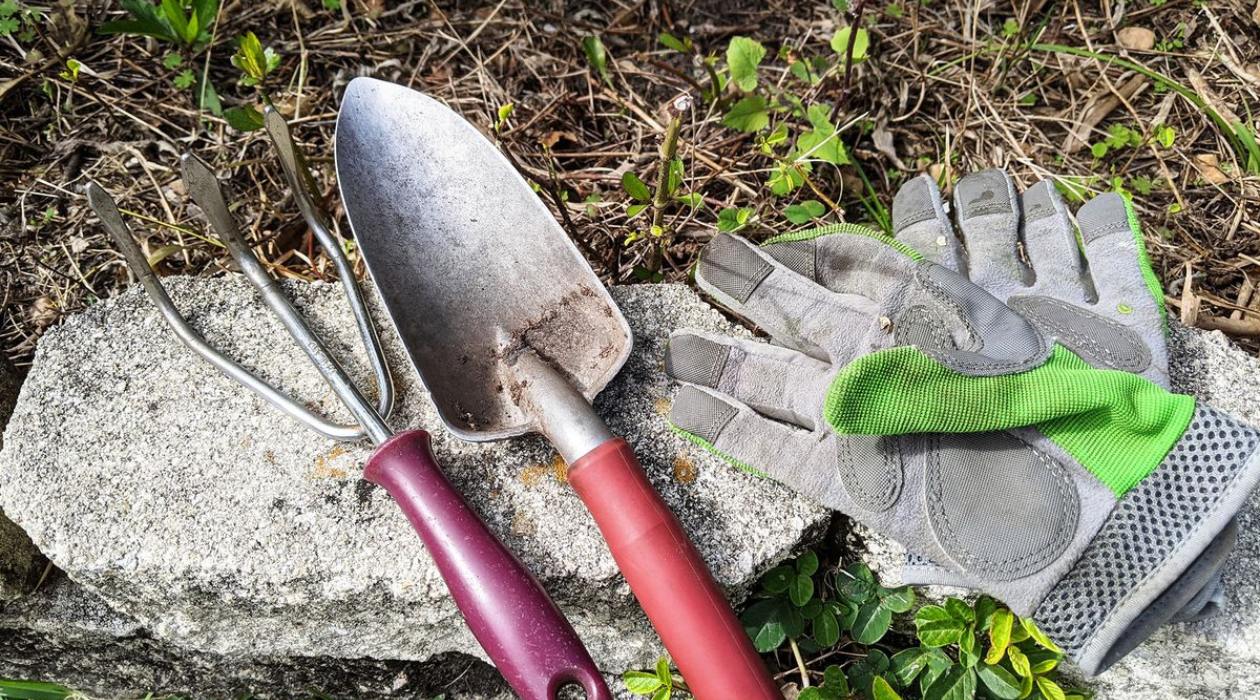
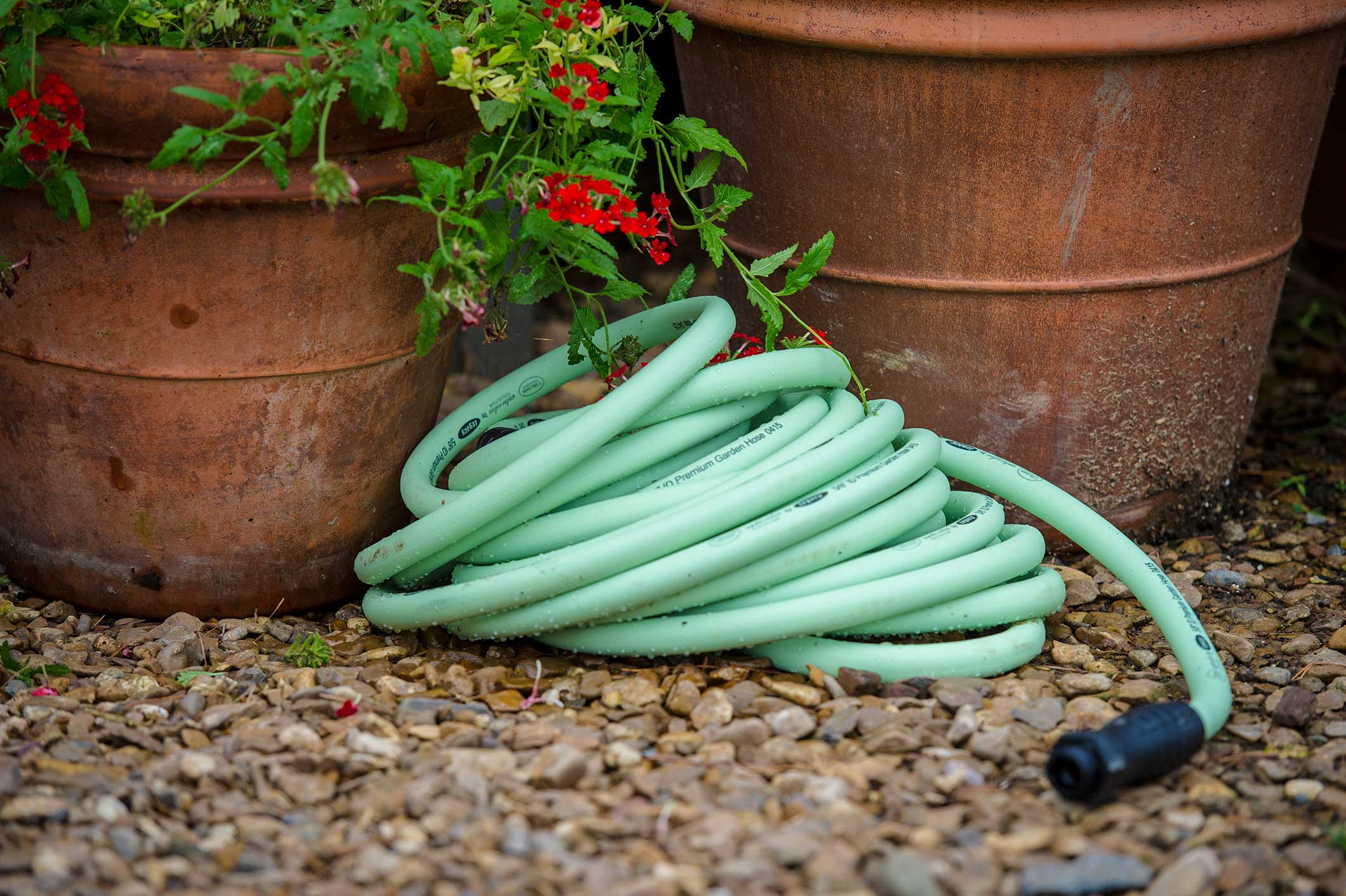
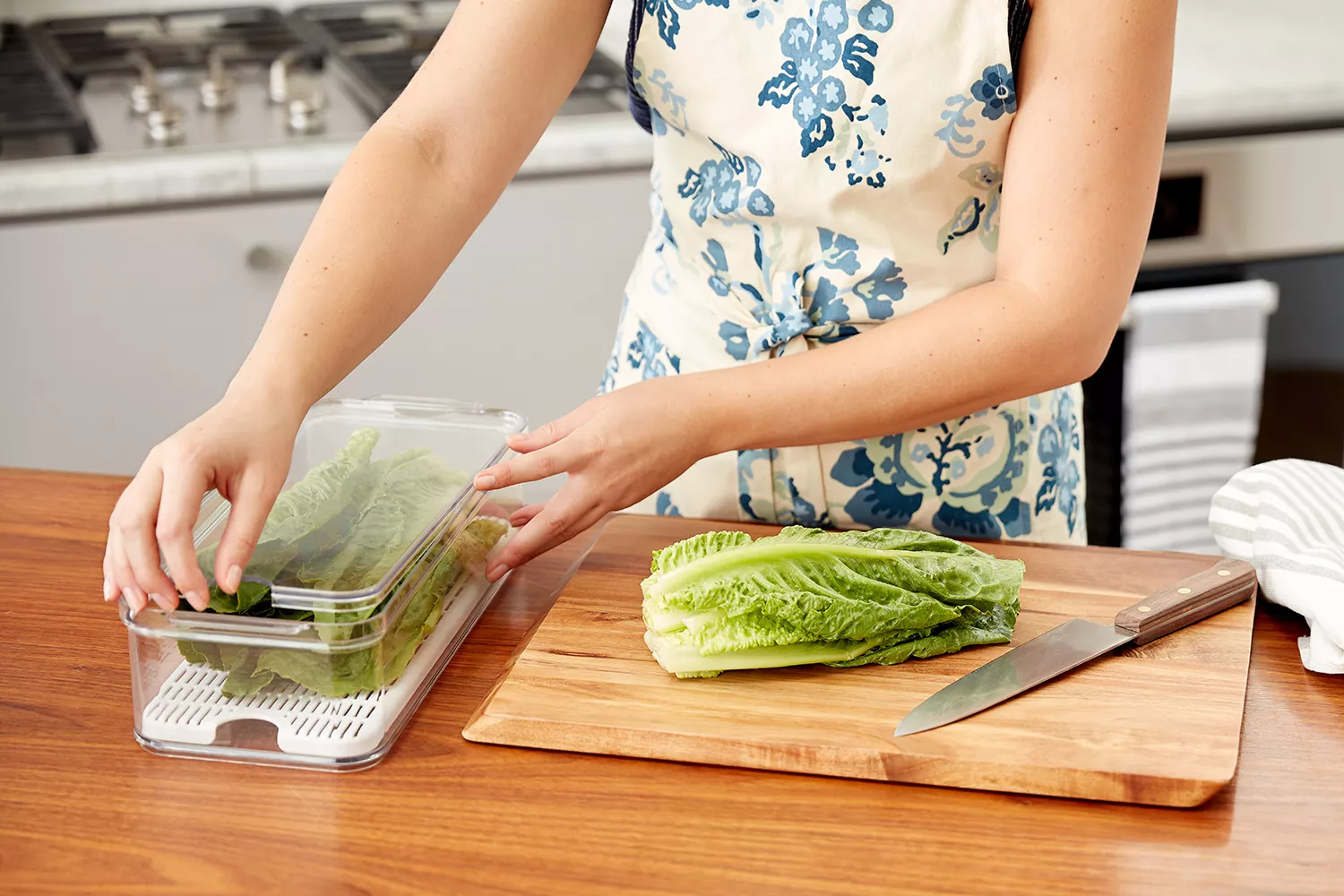

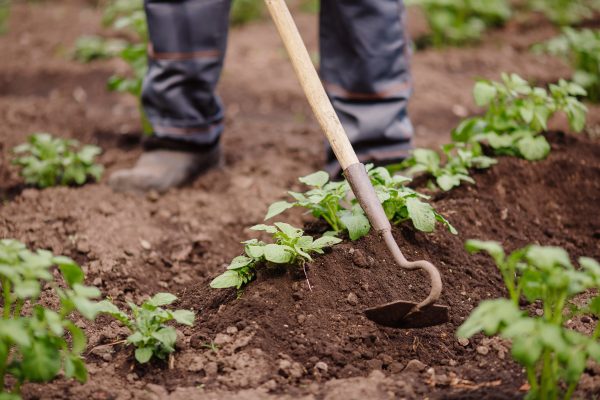
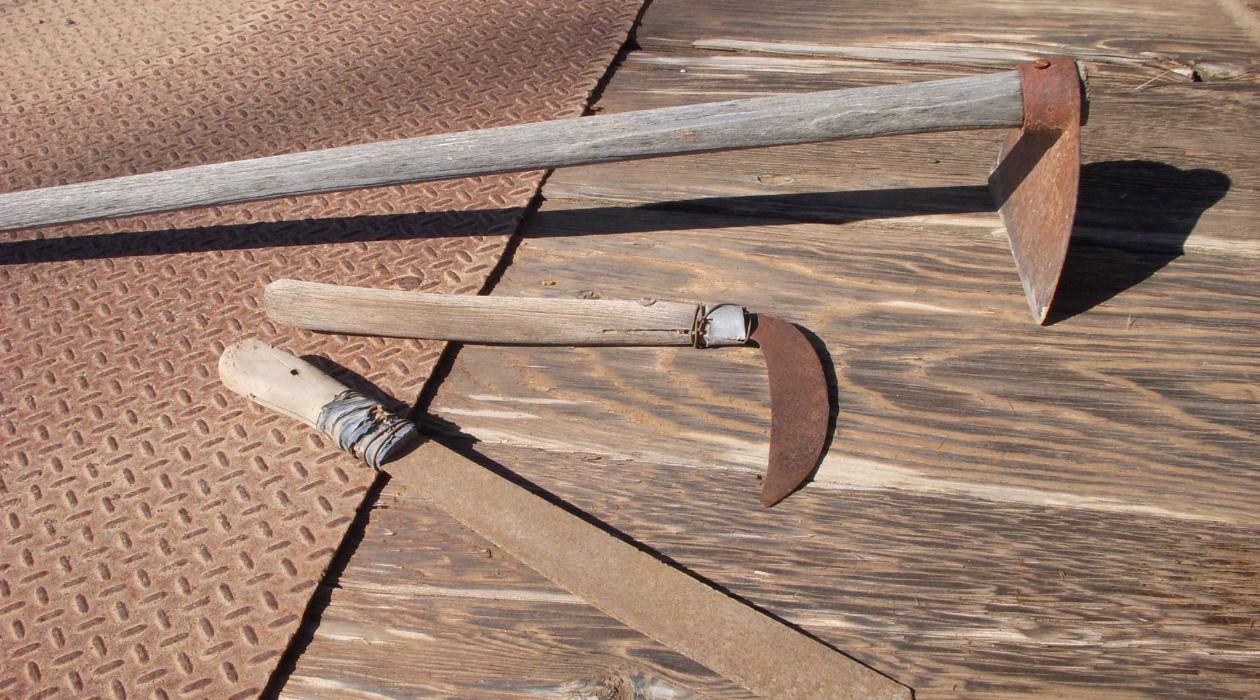
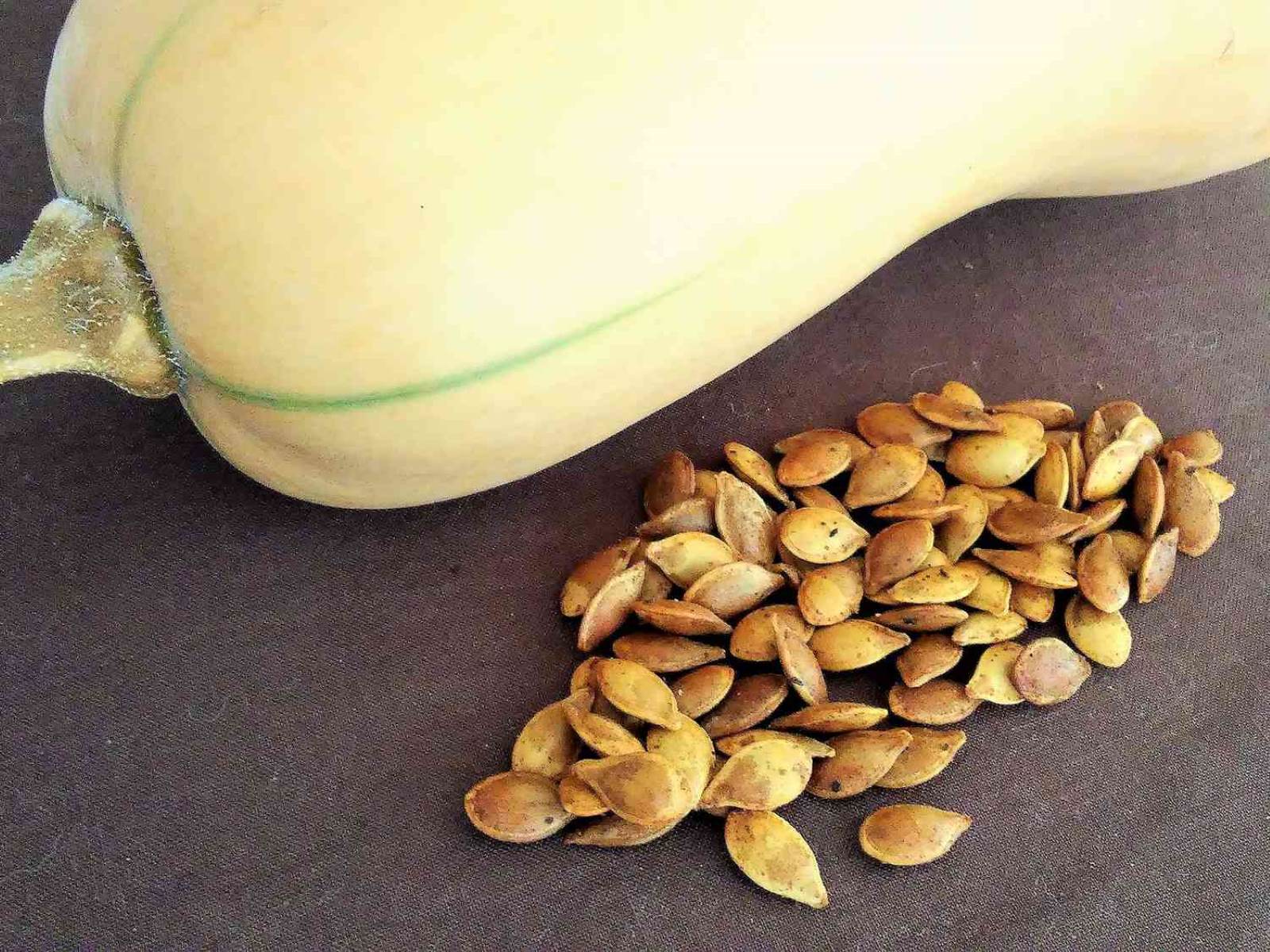
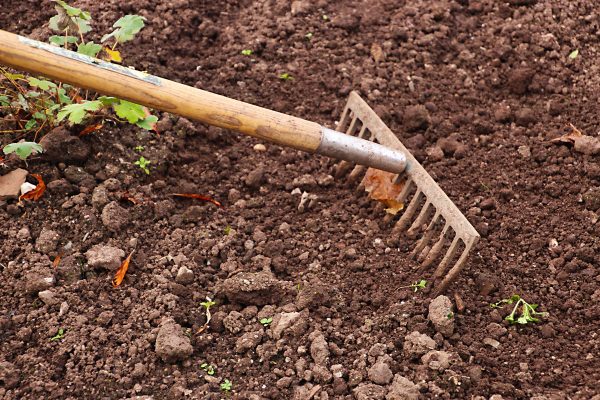
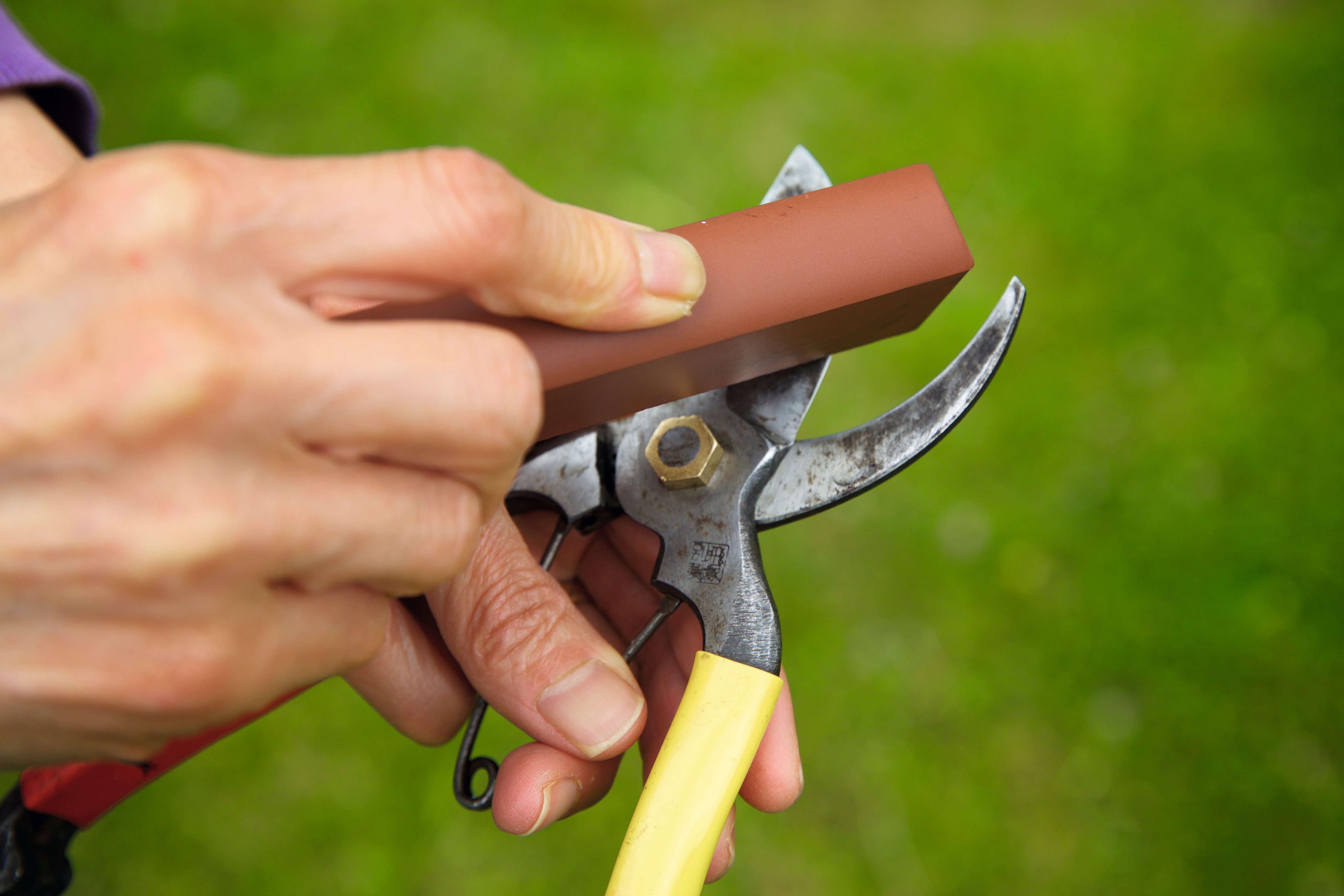
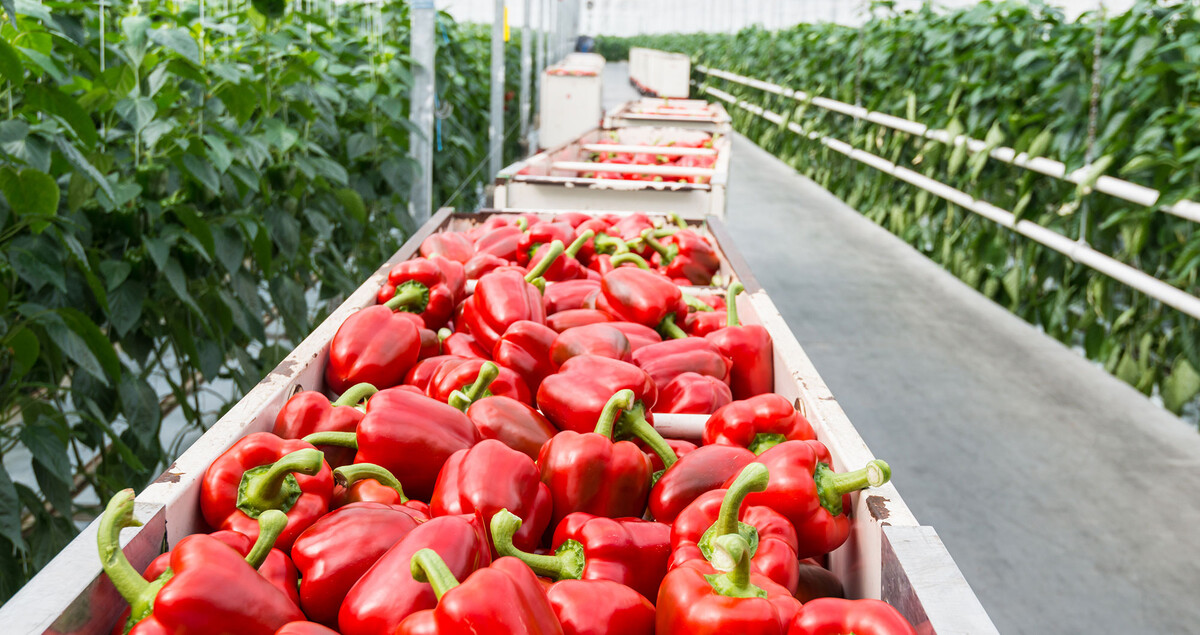
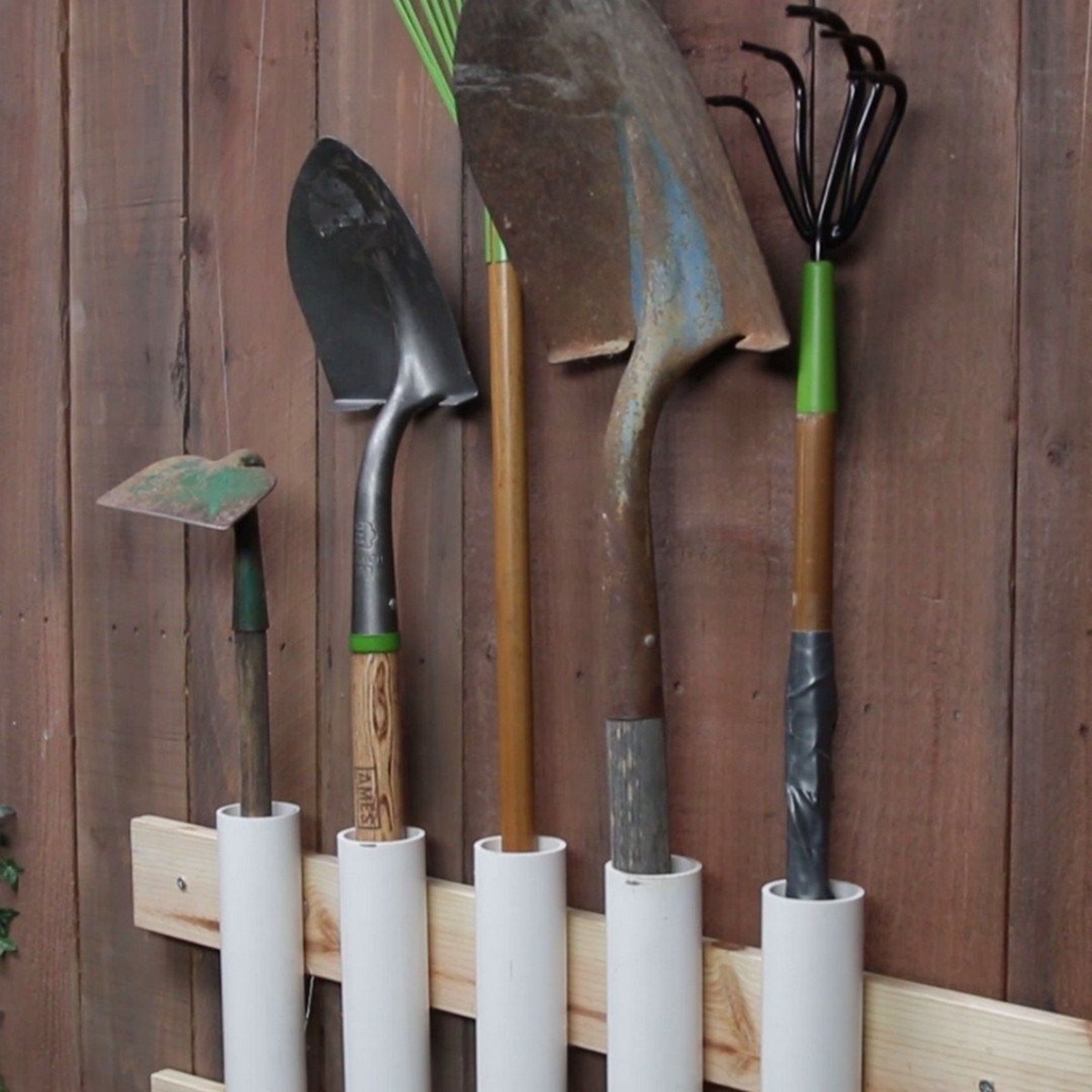
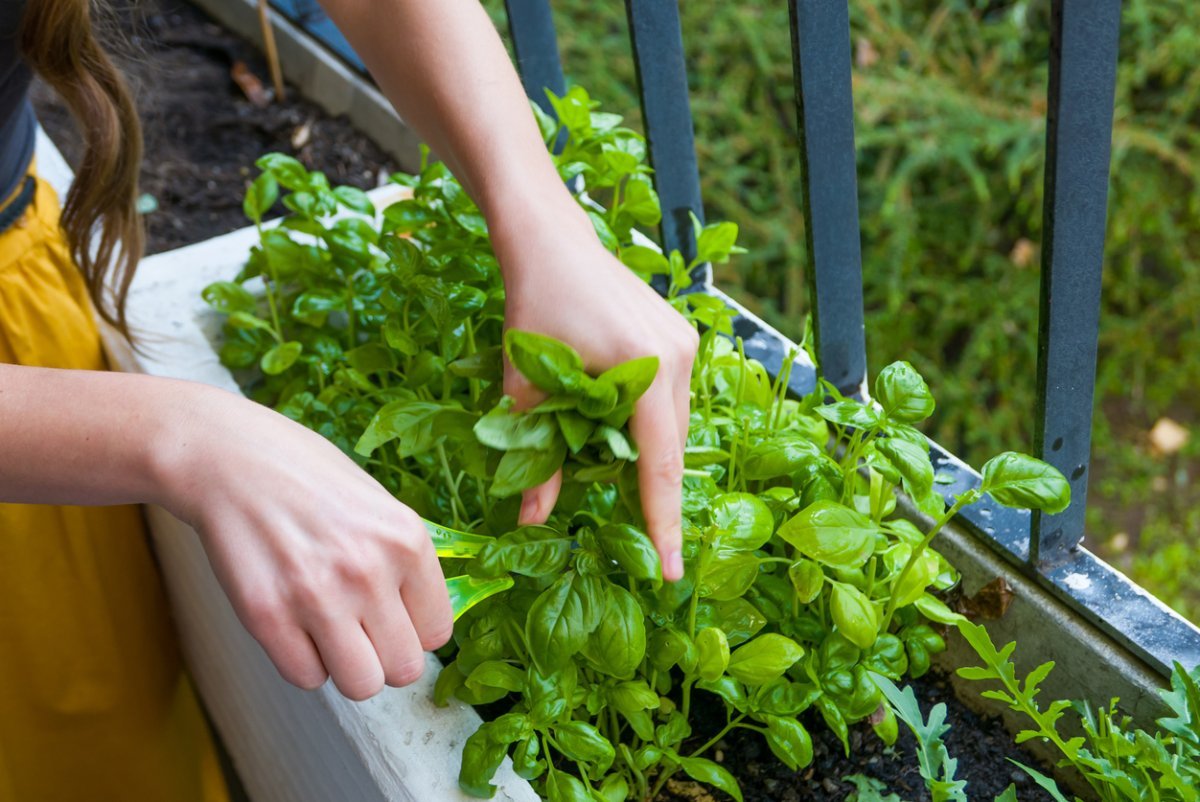
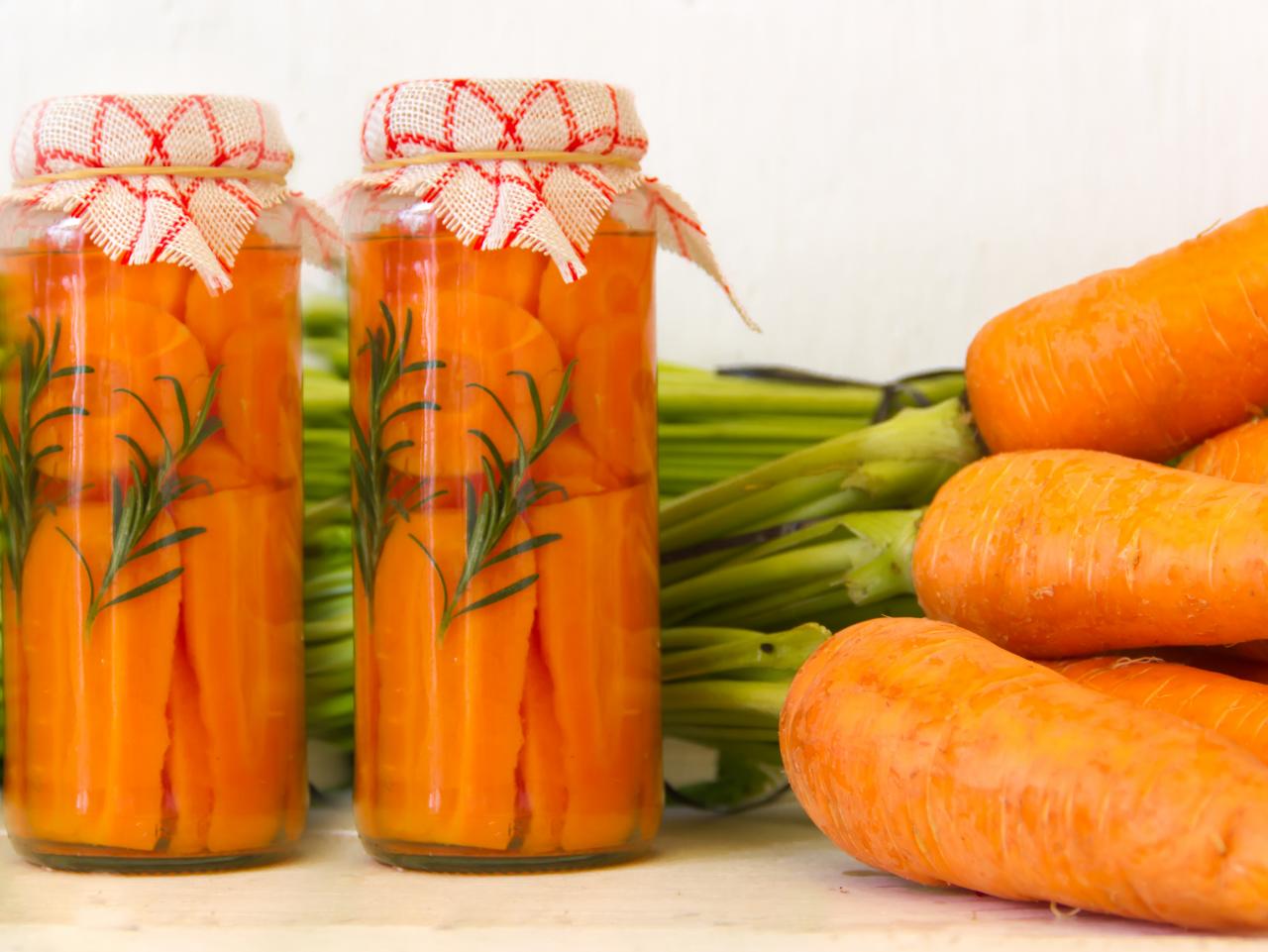
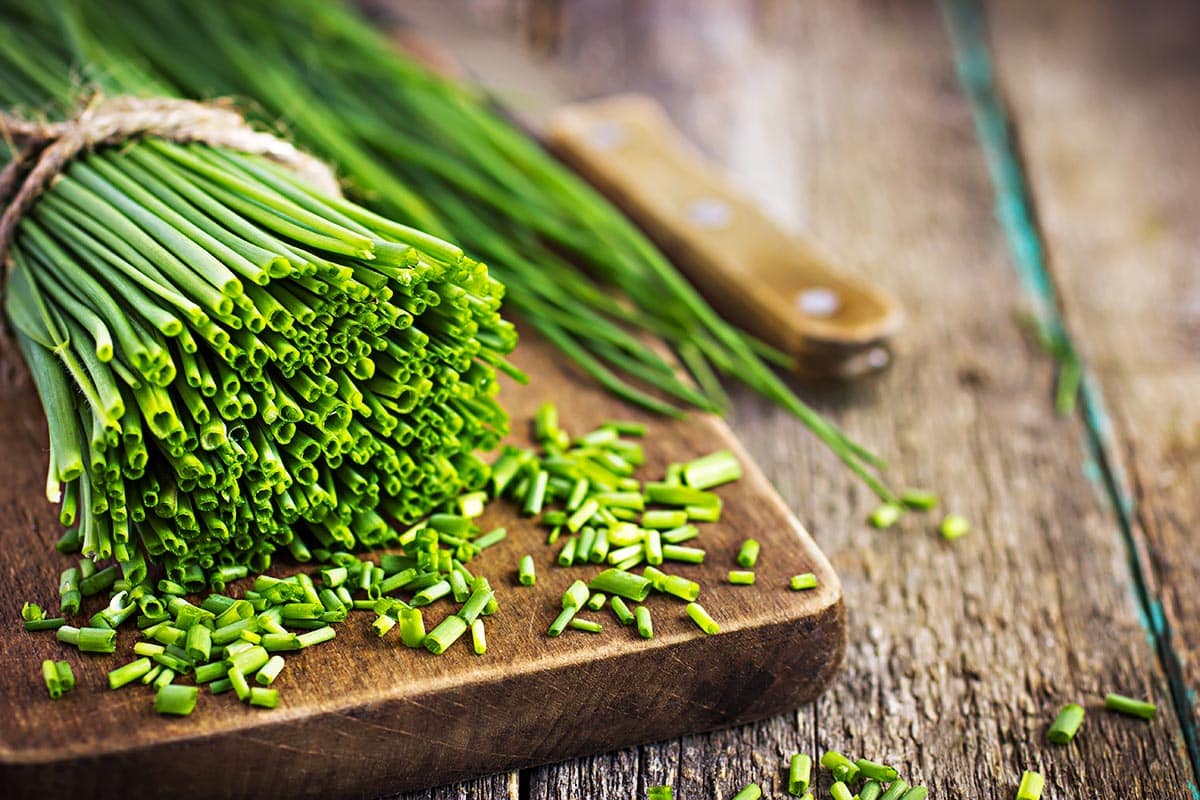

0 thoughts on “How To Store Garden Tools”